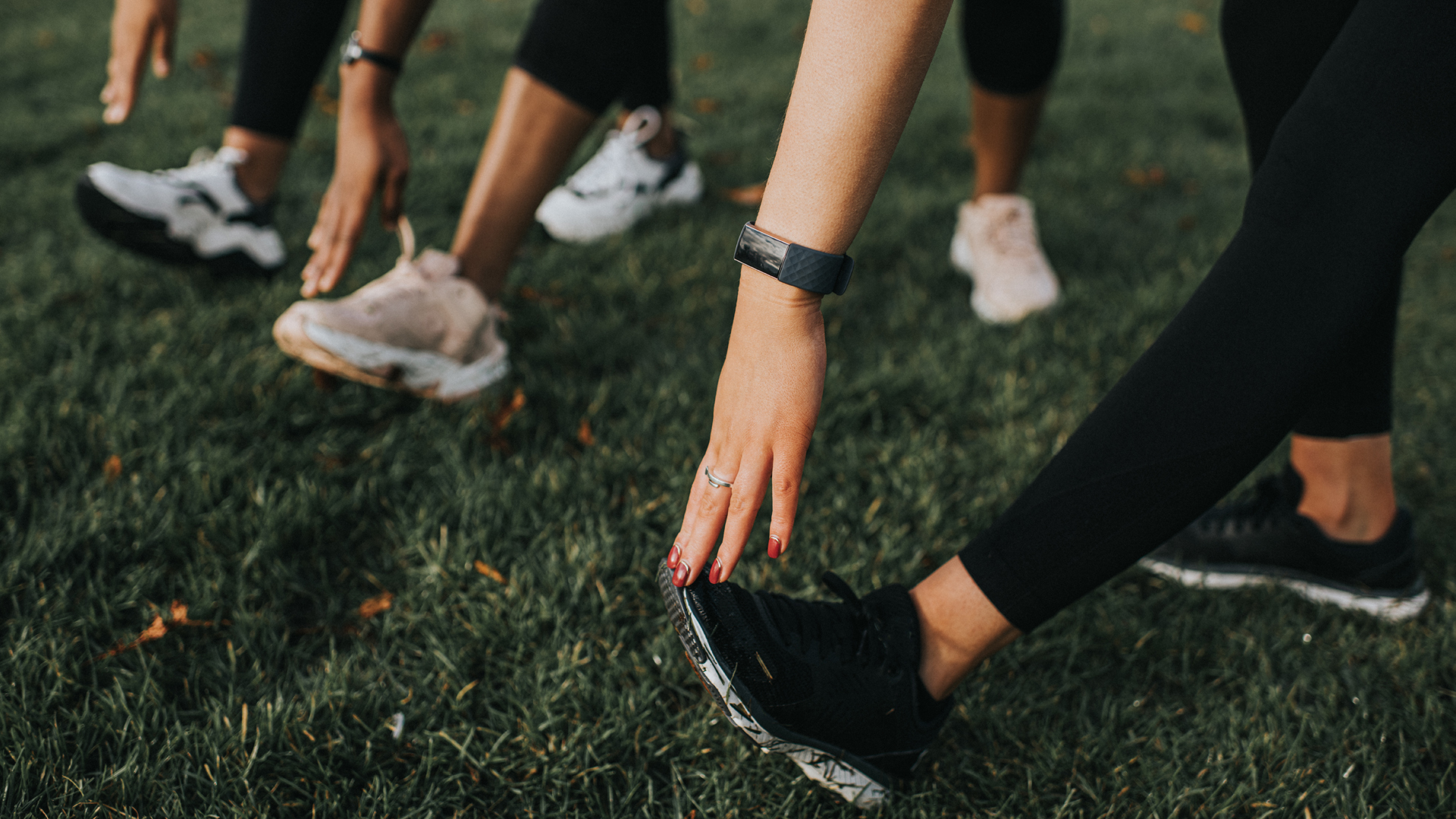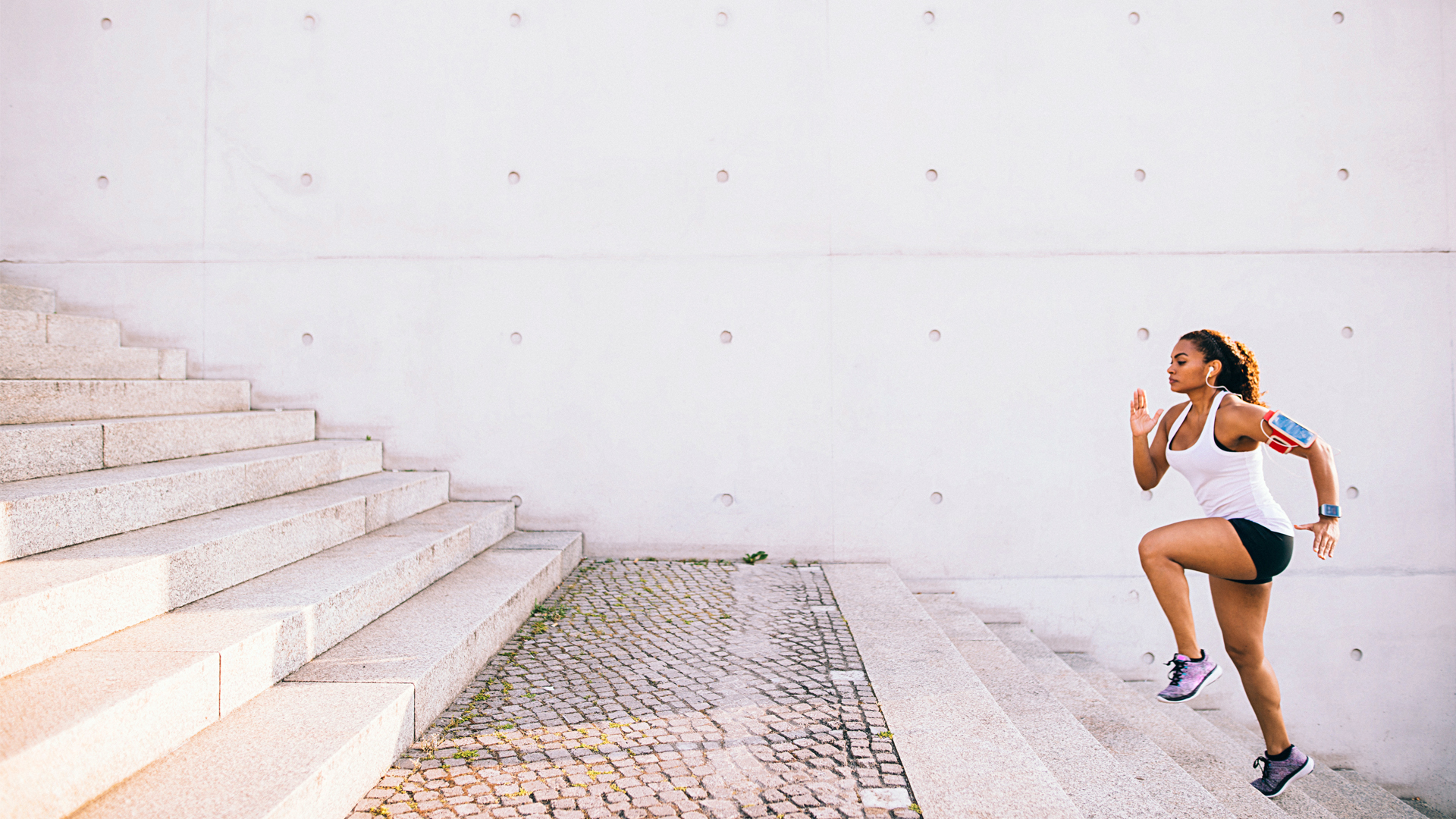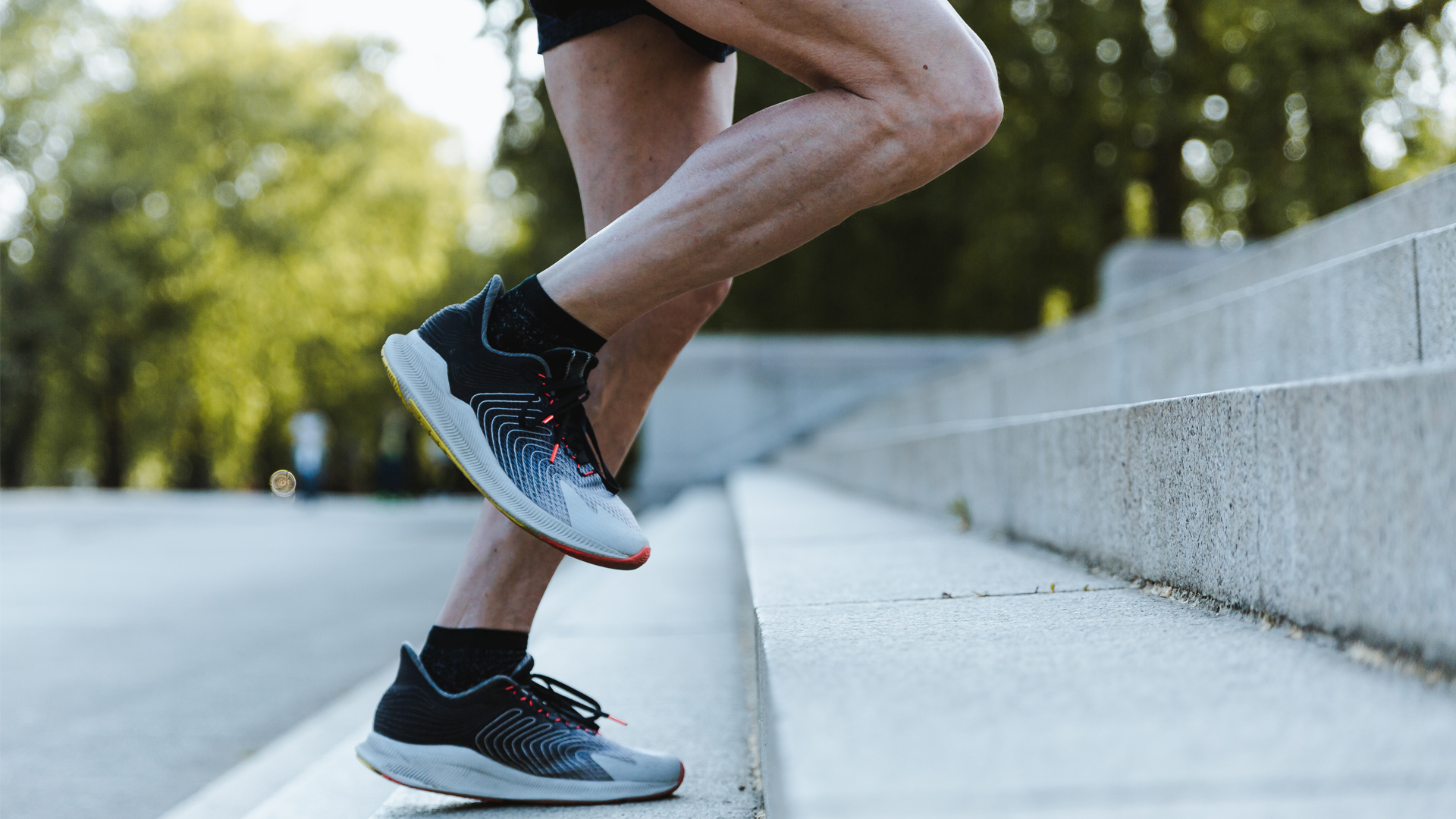What is gait analysis?
Could gait analysis improve your running style? We asked a sports therapist

If you’re a runner, there’s a good chance you’ve encountered the term ‘gait analysis’ at some point in your training journey. When you have your shoes fitted properly in a specialist store, you usually have your gait analyzed to ensure that they won’t cause issues over time.
Depending on how you run, you may show overpronation, underpronation or neutral pronation. If your running shoes aren’t correctly fitted, then you might find that any misalignment issues are exacerbated over time as you train.
We spoke to a sport therapist, who broke down exactly what gait analysis is and outlined how you can use it to improve your running performance – either outside or on one of the best treadmills.
What is gait?

Gait is generally defined as a pattern of limb movements made during locomotion. In simpler terms, it’s the way a person walks or runs. Your gait is often affected by something called pronation, namely, the way your foot rolls upon landing, when your weight is transferred from the heel through to the forefoot. If you’re a runner, the degree to which your foot rolls on impact can have a big influence on your running style and success. This is because any overactive or underactive muscles in the feet can cause potential injuries and/or inefficiencies.
When it comes to pronation, there are three main types: overpronation, underpronation and neutral. All of these are natural and no one type is inherently better or worse than another.
Overpronation is where your foot rolls inward as you move, i.e. the outer edge of your heel hits the ground first then your foot rolls, excessively, inward onto the arch. Overpronation forces excess wear on the inside of the foot, making it absorb shock less effectively. Over time, this is likely to impact the hips, knees and ankles, having a detrimental effect on a runner's form and increasing risk of injury. It’s thought that the vast majority of people overpronate, as this is almost certainly the most common type of pronation among runners.
Also known as supination, underpronation occurs when the outer side of your foot hits the ground at a relatively steep angle, causing your weight to roll onto the outer edges of your feet with hardly any movement inwards. This can be every bit as destabilizing as overpronation, as the jarring effect caused can send a significant amount of shock through the lower leg. In due course, a supinated foot’s inability to adequately absorb shock will affect a runner’s ability to perform well and stay injury-free.
Get daily insight, inspiration and deals in your inbox
Sign up for breaking news, reviews, opinion, top tech deals, and more.
Neutral pronation occurs when the foot lands on the outside of the heel before rolling inwards in an even and controlled manner. This form of pronation ensures body weight is distributed fairly evenly, thereby helping to absorb shock more effectively when your foot hits the ground. From a runner’s point of view, it is worth highlighting that neutral pronation carries less risk of injury than overpronation and underpronation. Of course, this doesn’t mean those running with a neutral gait are immune to injury.
What does gait analysis involve?

So now we have a better idea of what gait analysis is, we need to get the lowdown on what’s actually involved. Jake Somers, a former rugby physiotherapist who now runs the UK’s All Sports Massage breaks it down.
“Gait analysis involves watching the client run in neutral shoes to see if there’s any movement in their ankle rolling in or out, and to assess the symmetry of the body as they run. The whole process only takes about 15 minutes, then the analyst will go over the findings with you.”
Once you’ve put on a pair of neutral shoes you’ll be asked to run on a treadmill, but only for about a minute or so. This will allow the analyst to watch how and where your feet are landing and to check for any biomechanical misalignments that may be present within your ankles or knees.
Once you’re done running, the analyst will provide detailed feedback. Some analysts may also record your run on video, enabling them to present an in-depth, frame-by-frame replay. After explaining the mechanics involved in how you run, the analyst will make recommendations for what type of shoe is likely to suit your own particular needs, taking into account your individual running goals and any previous injuries.
So where can you find this service? “Many decent sports shoe shops will provide a gait analysis assessment to assist you in buying the right running shoes,” Somers says.
It’s even possible to take advantage of virtual gait analysis, with companies like Running Bear providing comprehensive services online
How to improve your gait for running

So, taking all the aforementioned information onboard, what can a runner do to actually improve their gait? Somers sums it up succinctly: “To improve your gait the best thing you can do is get some properly fitting shoes that counteract the pronation and supination.”
The most prudent thing to do is to listen to your analyst and seriously consider investing in the shoes they end up recommending, as they’ll help provide the stability and support you’ve hitherto been lacking. And that’s not all, says Somers.
“To improve your gait further, get supportive insoles that stop pronation or supination.” Offering a deep heel cup and an arch that mimics the curves of your feet, supportive insoles help to provide firmness and durability, further improving your comfort and reducing the risk of injury.
It’s not all about shoes though. As vital as footwear is, it’s important to note the vital role that posture plays in the running process. Having a tall, straight posture with an ever-so-slight forward lean will keep you from overstriding and encourage your hips, glutes and back to function more fluidly. Also, try to visualize lifting your hips as you run. Maintaining this posture, especially when you start to feel tired, will – in conjunction with comfortable and supportive footwear – enable you to maximize the best aspects of your gait.
“The better your gait is, the more efficiently your body moves," Somers says. "Better efficiency means more energy to push you further. If your gait is bad then your body has to work harder to keep you going, meaning you fatigue faster. This extra stress wears out your joints and muscles quicker leading to various injuries.”
And one final word of caution for those runners just starting out: “It’s very important to make sure your gait is good before you take up running – because it can lead to lots of pain and discomfort otherwise.”